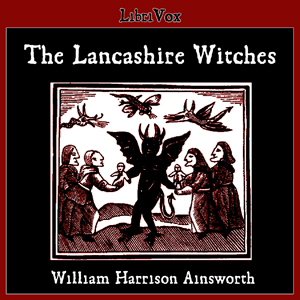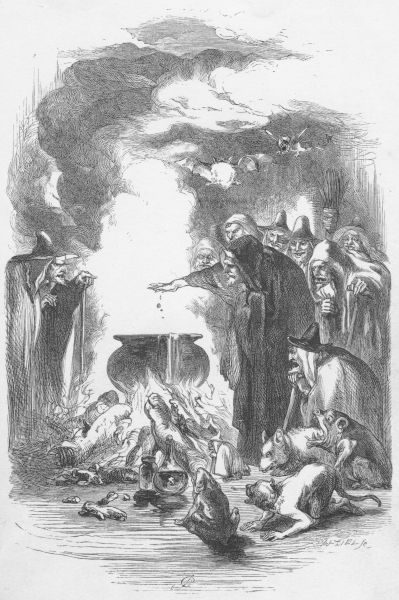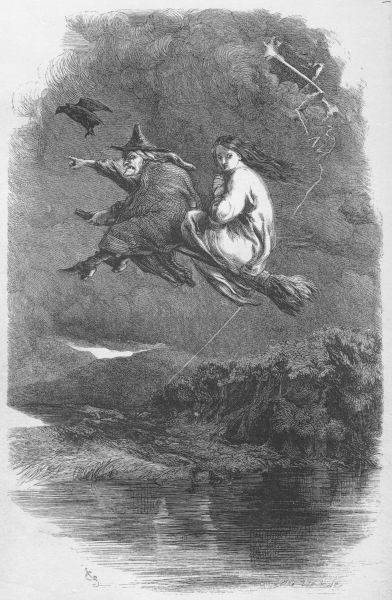A version of this article appeared in Knights of the Dinner Table #158 (December, 2009).
When the Dark comes rising, six shall turn it back;
Three from the circle, three from the track;
Wood, bronze, iron; water, fire, stone;
Five will return, and one go alone.
I’ve always found Christmas to be a magical time, and not simply for the presents. In the northern hemisphere, when the days grow shorter and short, the nights longer and darkness holds great sway over the world so that even the days are often dim and grey it is easy to imagine elves slipping between snow covered trees. On cold nights, looking up at bright stars while “the moon on the breast of the new fallen snow gave a luster of midday to objects below” I have felt that magic sink into my soul. Halloween may seem the more natural holiday for fantasy fans with its witches, vampires, and demons, but it is Christmas when the magic seems to come to life.
There are, ironically, very few fantasy novels that really capture that Christmas or Yuletide magic. It is an elusive, fairy air captured by true masters such as Dickens in the classic A Christmas Carol yet tasting oddly flat when addressed by numerous journeyman writers. Yet in The Dark is Rising British author Susan Cooper captures the mystery of the season and melds it with the equally deep and ancient Matter of Britain. The result is an incredible work of fantasy and children’s literature.
Susan Cooper was born in 1935 in Buckinghamshire, England. Her childhood in Britain during World War II had a great influence on her later work, as did her days living in Wales and her degree in English from Oxford. Though she never personally met J.R.R. Tolkien or C.S. Lewis, she attended lectures by both of them, as explained in this excellent bio on her webpage. She worked as a reporter before moving to the Massachusetts, where she became a full time author, primarily of children's stories. She is best known for The Dark is Rising series, for which she won several awards, and her grasp of the underpinnings and function of Fantasy was made most obvious when she presented 'A Catch of the Breath', the fifth annual J.R.R Tolkien Lecture on Fantasy Literature at Pembroke College, Oxford on 27th April 2017. You can, and should, watch this outstanding talk on YouTube here, it truly is a masterpiece of public speaking.
The Dark is Rising series comprises five novels: Over Sea, Under Stone, The Dark is Rising, Greenwitch, The Grey King, and Silver on the Tree. All five are set in England, Cornwall, or Wales and depict episodes in the ongoing cosmic struggle between the Dark and the Light, which is represented by the immortal Old Ones.
Only one character, Merriman Lyon, appears in all five novels. Merriman is strongly implied to be Merlin, and certainly fills the role of mentor and mystical advisor to the five children who are the novels’ main protagonists. Simon, Jane, and Barney Drew are three quite normal children drawn into these quests by their ‘great-uncle’ Merriman. They are in all of the novels save The Dark is Rising and The Grey King. Will Stanton, seventh son of a seventh son, is the protagonist of The Dark is Rising novel itself and appears in all of the novels except Over Sea, Under Stone. Bran Davies is the last of the children, a mysterious albino Welsh boy who appears in only the last two novels, The Grey King and Silver on the Tree.
The novels are complex and handle their rather deep subject matter well. The action is fierce but restrained; the struggles involved rarely extend to mere physical altercations. Over Sea, Under Stone recounts the search for the Grail during the Drew children’s holiday in Cornwall, and the greater matters are only hinted at. The Dark is Rising takes place throughout the Christmas season in the Thames valley of England; Cooper is particularly skilled in using the traditional calendar of Yuletide, Midwinter Day, and the Twelve Days of Christmas to frame her tale. Greenwitch introduces the Drews to Will during a spring holiday in Cornwall during the Greenwitch festival; Jane Drew’s place in the story is more firmly established. The Grey King is perhaps the darkest of the series. Will recuperates in Wales from a sickness and befriends Bran, a shy boy with a tragic family history. And Silver on the Tree brings the series back to Midsummer, as the tale travels across England and Wales and through time, with all five children together for the final quest.
For gamers, the series is full of inspiration. Those who thrilled at the drawing of Herne the Hunter in Deities and Demigods will find his depiction in this series masterful, moreover it provides the game master with a wonderful example of how to use the Wild Hunt in a campaign. The seamless manner in which Cooper weaves history and mythology into the modern world is equally inspiring, and her concept of the Light and the Dark, as well as their eternal struggle, works well for most modern fantasy games. The series inspired me to write and run two different, long-running campaigns. Ars Magica and World of Darkness gamers in particular will find much of value here.
Cooper never stoops to using sex or violence to tell her tale, and so the series remains appropriate for children even while addressing themes of importance. Her writing is sparse yet evocative and her plots are meticulous, nothing feels forced or out of place. She has a great deal to say about the nature of good and evil, yet she never lectures or berates the reader.
If you want poetry, magic, and Arthurian glory set within the modern world, then read this series. It is a true classic.
All views in this blog are my own and represent the views of no other person, organization, or institution.






.jpg)














